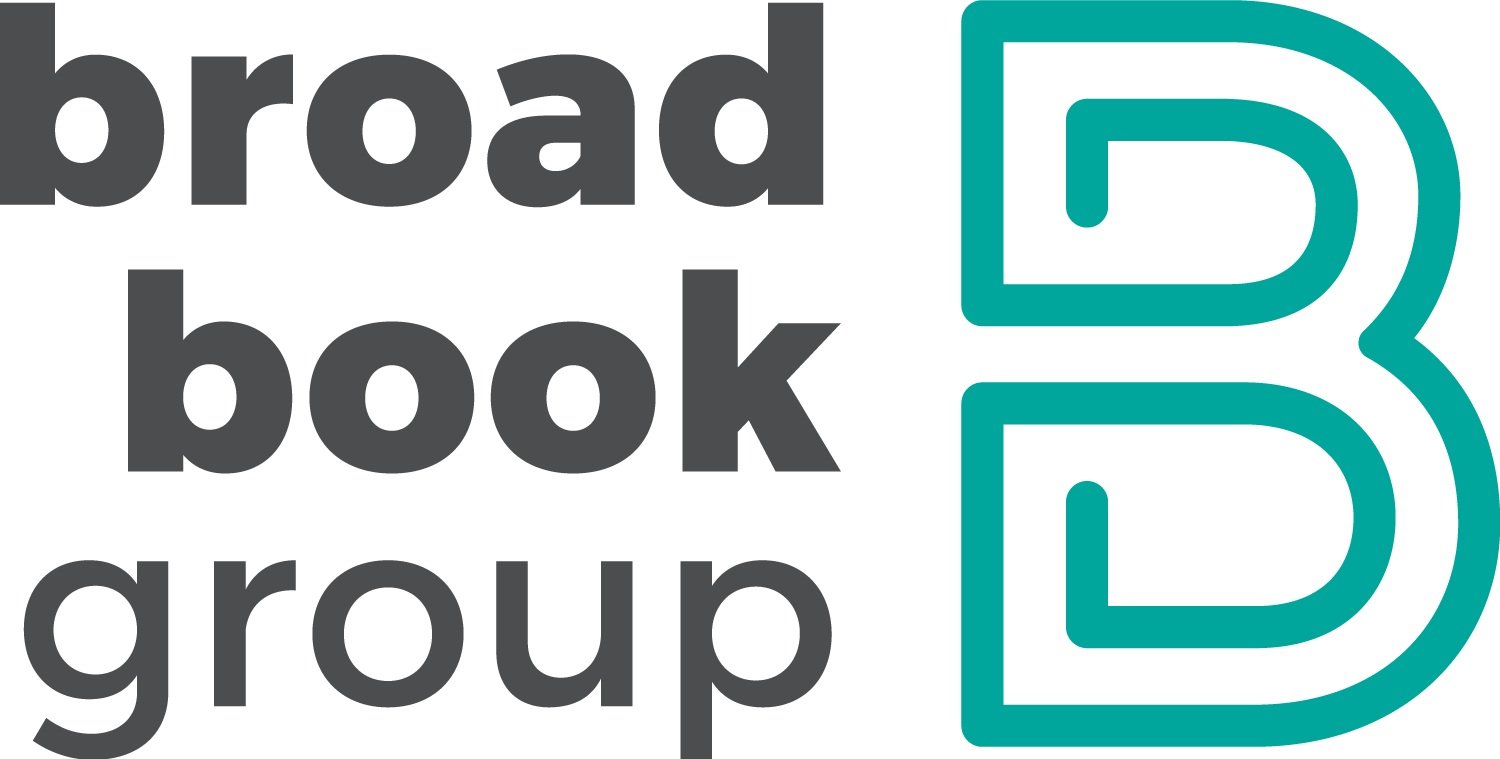The Power of the Foreword
One of the most challenging yet fun things about writing your book is trying to figure out how you're going to request forwards. Every nonfiction book benefits from including a foreword, though they are not required. Typically written by thought leaders, industry leaders, or someone who can speak to your abilities as a subject-matter expert, the foreword really serves as the open door to your book. It's a way to welcome in the reader and say, “I have read this book, I like it, and I support it.”
When asking for a foreword, you should consider asking someone who is somehow adjacent to your subject matter. Some people you could ask are influencers or celebrities. experts within your field, a well-known client, or someone who has worked closely with you and can speak not only to the quality of your book but the quality of your character. The same goes for testimonials. While these are obviously very short in comparison to a foreword, a testimonial serves an important role in your book (we’ll talk more about these in a future post). What's the difference between a foreword and a testimonial? A forward is a longer form of writing and is specifically designed to welcome the reader into your universe. It involves describing the content, talking a bit about their connection to the content, and talking about their connection to you. The testimonial, on the other hand, is a short way for people to connect with the content and reach out to readers who are considering buying the book.
Here are a few quick pointers for forward writing:
For nonfiction books in particular, keep the foreword short, typically between 600 and 1500 words. Remember: you don't want the foreword writer to overshadow you as the primary writer.
The foreword should follow a basic structure. First, the writer should position a brief rhetorical question or broad statement about the topic of the book. Next they should connect personally to the topic (personal anecdotes are great here). Next draw connection to the reader in the topic. Here's an example phrase of what a forward writer could use to do this: “You're here because you feel that gravitational pull toward leaning more about XYZ/ the book’s topic.”
The foreword writer will then want to talk about the book in brief, offering a little bit of information about the content and what the reader will learn. If applicable, the foreword writer should also discuss their connection to you.
Finally, send off the reader to dive into the book by using what we call a “go-forward: paragraph. This go-forward paragraph empowers the reader to take the content and apply it to their own life.
Use these four tips to get your foreword in place early, on time, and written with your book’s goals in mind.
